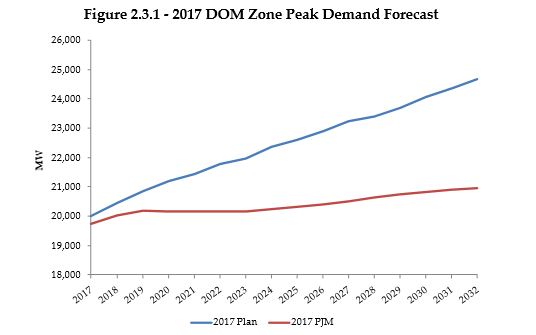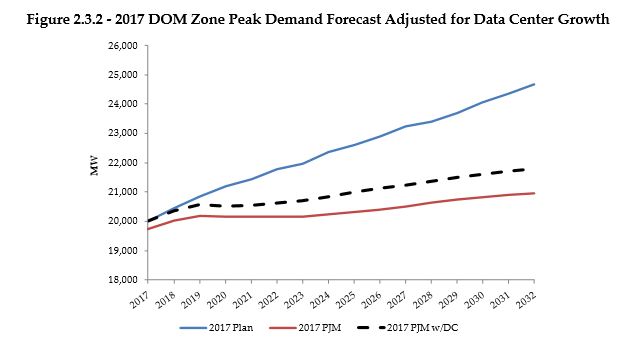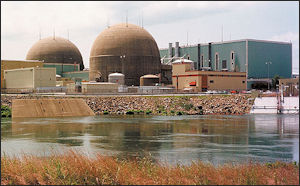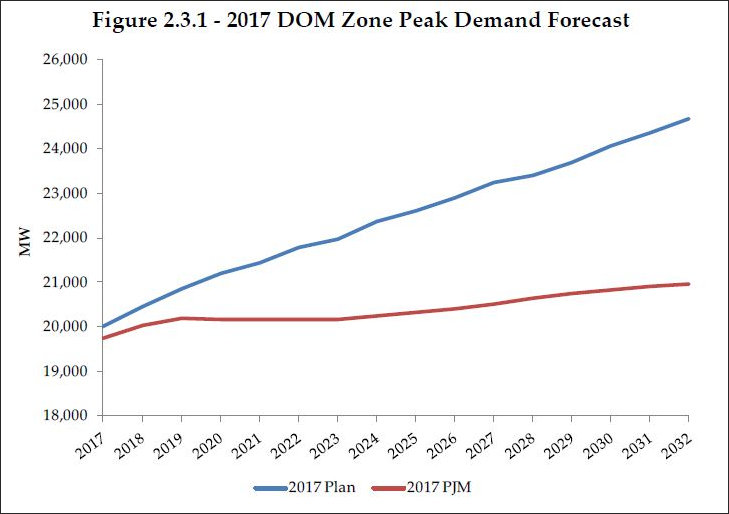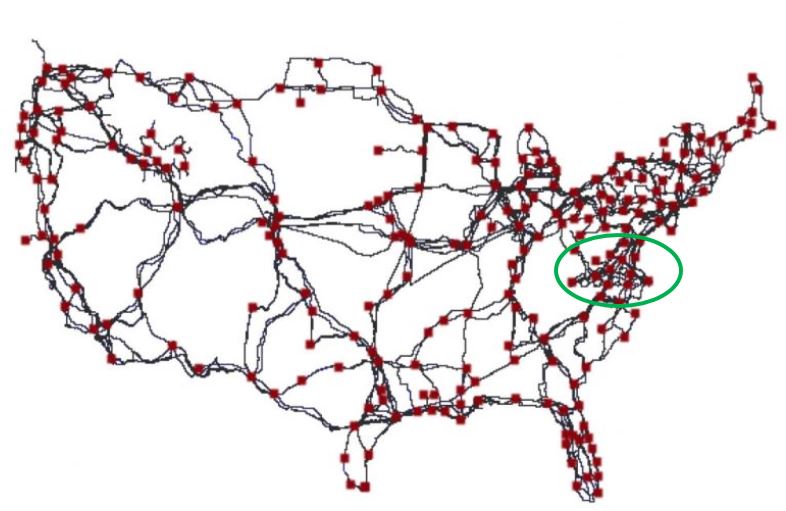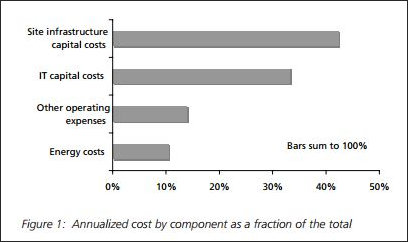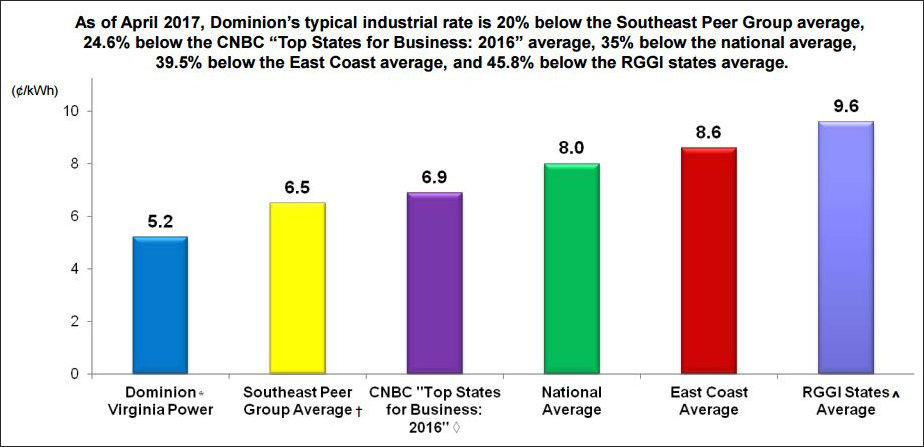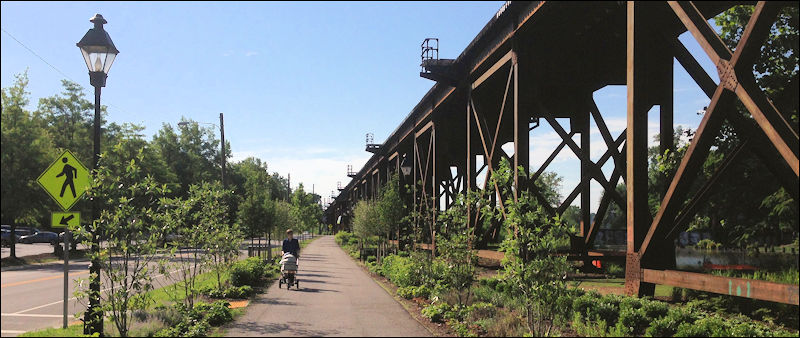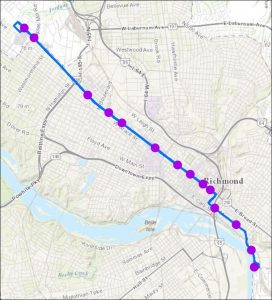
Woo hoo! GO Virginia!
by James A. Bacon
Any time business leaders, university presidents and legislators agree on a great new spending initiative, I put my hand on my pants pocket to make sure my wallet is still there. When their brilliant idea slides through the General Assembly without a dissenting voice, or even a word of skepticism from the news media, I take out my wallet to make sure my cash hasn’t disappeared. The GO Virginia initiative — $36 million allocated over two years to incentivize regional cooperation in economic development — inspires that reaction.
I don’t adamantly oppose GO Virginia — I don’t know enough to form a strong opinion. What worries me is that the proposal has been subjected to so little critical analysis.
Thankfully, Attorney General Mark R. Herring issued a legal opinion yesterday finding that the Virginia Growth and Opportunity Act faces a “significant risk” of being found unconstitutional on the grounds that it violates the separation-of-powers doctrine by giving the General Assembly the power to appoint a majority of the board’s 22 members as well as a legislative veto over its grants. (See the Richmond Times-Dispatch reporting here.) Gov. Terry McAuliffe has until Sunday to amend or veto the legislation, which he originally supported.
It’s nice to see that someone has taken a serious look at the bill. Herring raises a critical point. If anyone needs an example of what can happen when legislators insert themselves into the executive function, one need look no further than the shenanigans of the Tobacco Indemnification and Community Revitalization Commission.
According to the GOVirginia website, the project was the brainchild of the Virginia Business Higher Education Council (VBHEC) and the Council on Virginia’s Future “to foster private-sector growth and job creation through state incentives for regional collaboration by business, education, and government.”
Why is the program needed? Backers argue the following:
Because Virginia is a large and diverse state, the opportunities for private-sector growth vary significantly from one part of our state to another, requiring collaborative innovation among employers, entrepreneurs, investors, researchers, educators, governments, and other leaders in each region. Too often this cooperation has been lacking, causing Virginia to lag behind other states.
State government can solve the problem:
The State can and must do more to encourage strategic, job-focused collaboration in each region. Significant state funds currently flow to localities, schools, and higher education institutions; the Commonwealth should use such resources to promote joint efforts on economic and workforce development and to encourage collaboration that can improve performance and reduce costs.
The original concept behind GOVirginia was to fund the program through “use of growth revenues, re-purposed dollars, and efficiency savings” — not new taxes, mandates or layers of government. Somewhere along the way, the initiative morphed into a program supported by $36 million in state funds over the two-year budget. The concept may well have morphed in other ways beyond its original formulation, although, judging from Travis Fain’s reporting for this Daily Press article, the legislative package of four bills has stayed fairly true to the original vision.
Here is how the money would be distributed:
The plan includes $5.5 million a year for the first two years to stand up the regional councils, vet project proposals and study various aspects of regional economies, particularly the gaps in education and skills training needed to support desired industries.
Beyond that, $15 million would be up for grabs, with regional councils competing to get the state board to fund their projects. The remaining $12.4 million would also go toward project-specific grants, but it would be broken down between the regions based on population.
Bacon’s bottom line: It’s a little late in the game, I’ll concede, but let’s get the conversation going. Is this a worthwhile expenditure of $18 million a year?
Let’s start by looking at the new overhead created: $11 million, or 30% of the funds allocated, would go to setting up the administrative structure for the program. That’s pretty much a waste. Don’t higher-ed institutions have mechanisms for discerning the job-training needs of local industry already? What can these new studies possibly add?
Then consider the how the money is distributed geographically. Funds will be distributed amongst a number of regional councils reflecting the diversity of the state’s economy. Let’s assume that roughly $15 million a year would be made available for actual grants. How would the sum be divvied up? By the merits of the projects? What if all the high-ROI projects were located in, say, Northern Virginia? Would the other councils feel short-changed? Conversely, what if the money were distributed evenly between regions, would some high-ROI projects be denied funding?
Next, consider the pork barrel aspects. Fain quotes House Majority Leader Kirk Cox, R-Colonial Heights, a local project – the Aviation Academy at Denbigh High School – as a good example of projects that would get funding.
The Newport News school system runs the school at the Newport News/ Williamsburg International Airport. It would get $100,000 a year under Gov. Terry McAuliffe’s proposed budget, but Del. David Yancey, R-Newport News, wants another $2 million next year and $1.5 million the year after that to expand the school.
Yancey will go before the House Appropriations Committee to ask for that funding, but with limited time during session to vet these proposals, Cox said he’d rather see projects like this bubble up through the regional councils.
Pork by any other name still smells like pork.
There is a vast gap between the airy and idealistic justification of GOVirginia and the ugly implementation guided by legislators toward their pet projects. If the Newport News project is a good example of what would get funding, I hate to see a bad example. I foresee GOVirginia funding projects that couldn’t raise the money from either the private sector or existing government programs, thus creating new programs of marginal value that will be dependent upon government for funding, and creating new constituents that lobby for government hand-outs year after year.
To some degree, I’m playing devil’s advocate — filling a role that no one else has seen fit to play. I’m open to arguments in favor of the program. But so far, I haven’t seen anything that persuades me and a lot to make me keep checking my wallet.


 All I need is the air that I breathe. Recent research indicates that the coronavirus can live in air for 3 hours post aerosolization.
All I need is the air that I breathe. Recent research indicates that the coronavirus can live in air for 3 hours post aerosolization. 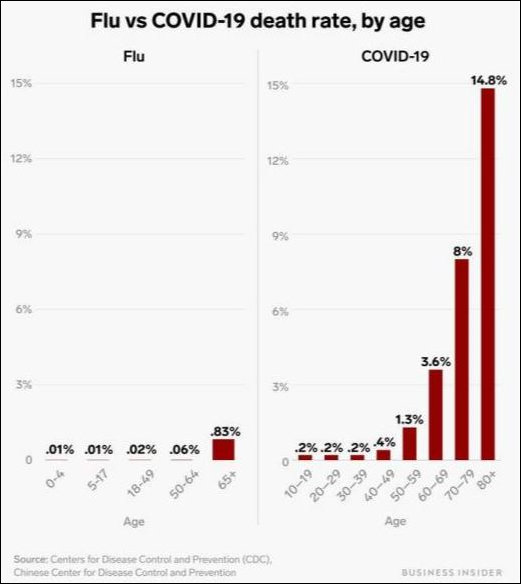

 by Don Rippert
by Don Rippert